Jonathan Crary.
Techniques of the Observer. On Vision and Modernity in the Nineteenth Century
A new edition of the work by the American art critic on the history of visual culture.
In recent decades, the nature of visuality has undergone profound transformations, largely due to the pervasive spread of computer-generated imagery—an evolution that has effectively rendered the traditional cultural notion of the “observer” obsolete. But what threads of continuity connect contemporary forms of visuality with earlier modes of organizing the visual field? To what extent can computer graphics be seen as an advanced variation of the “society of the spectacle?” How does the observer’s body become integrated into new economies and apparatuses?

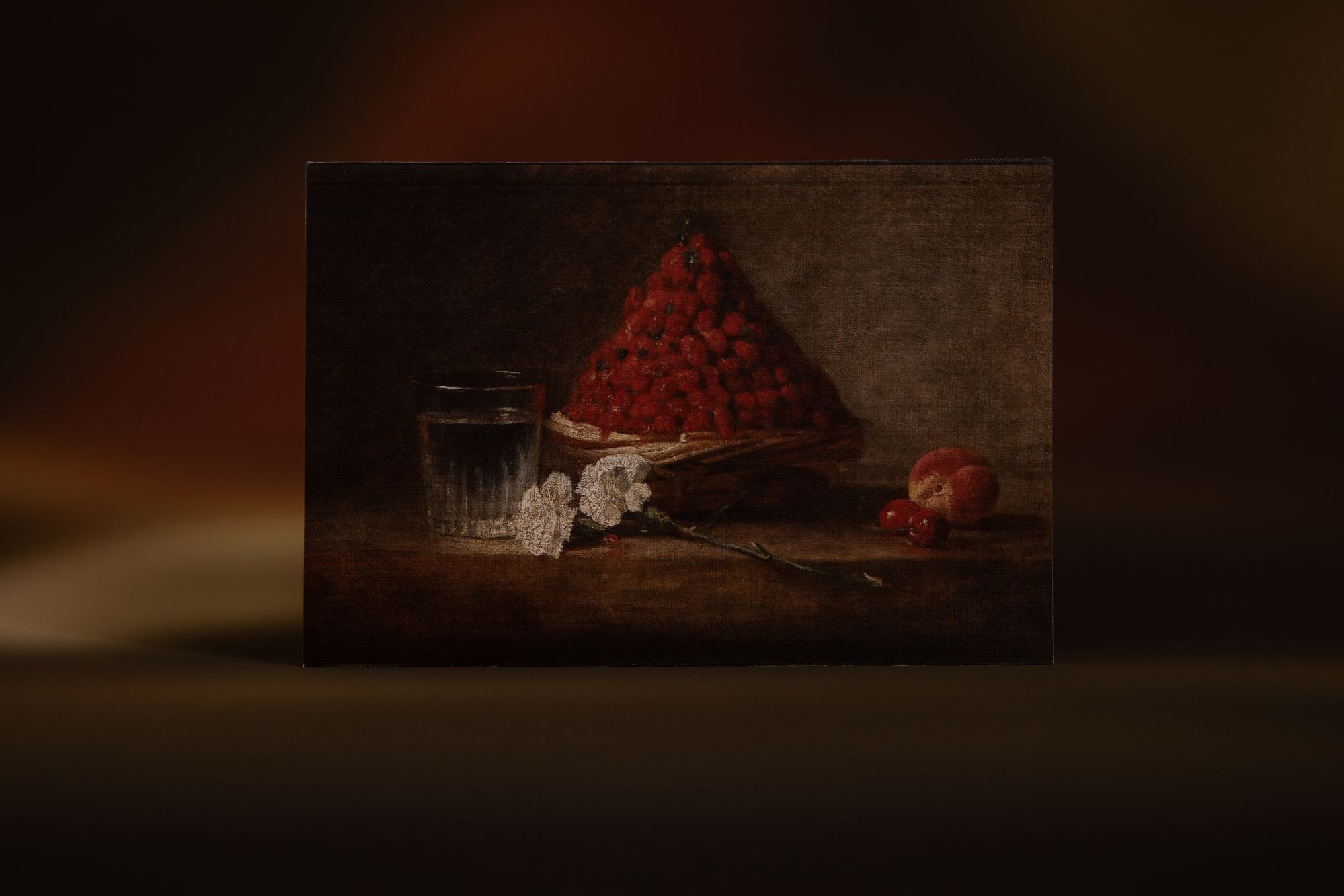

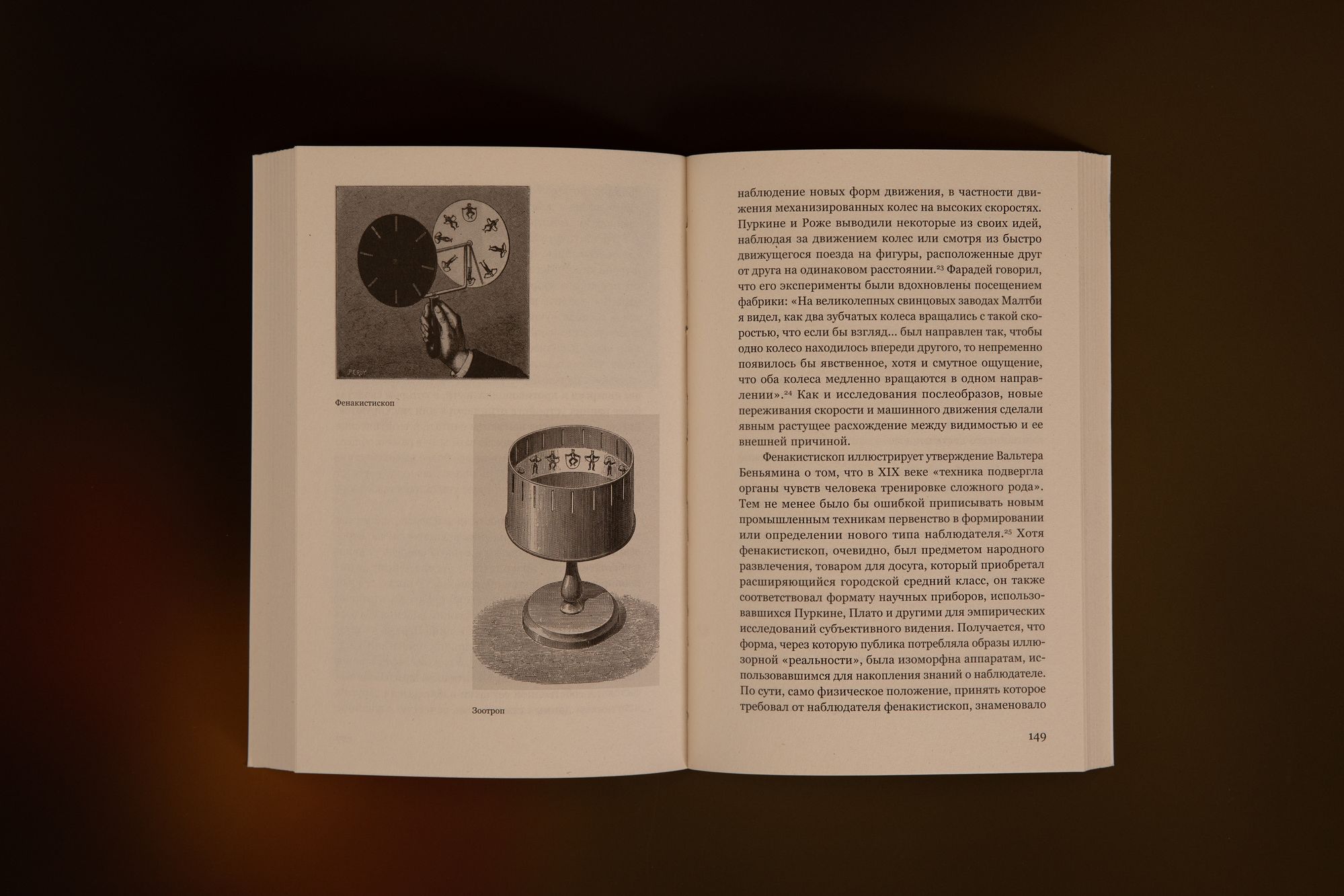
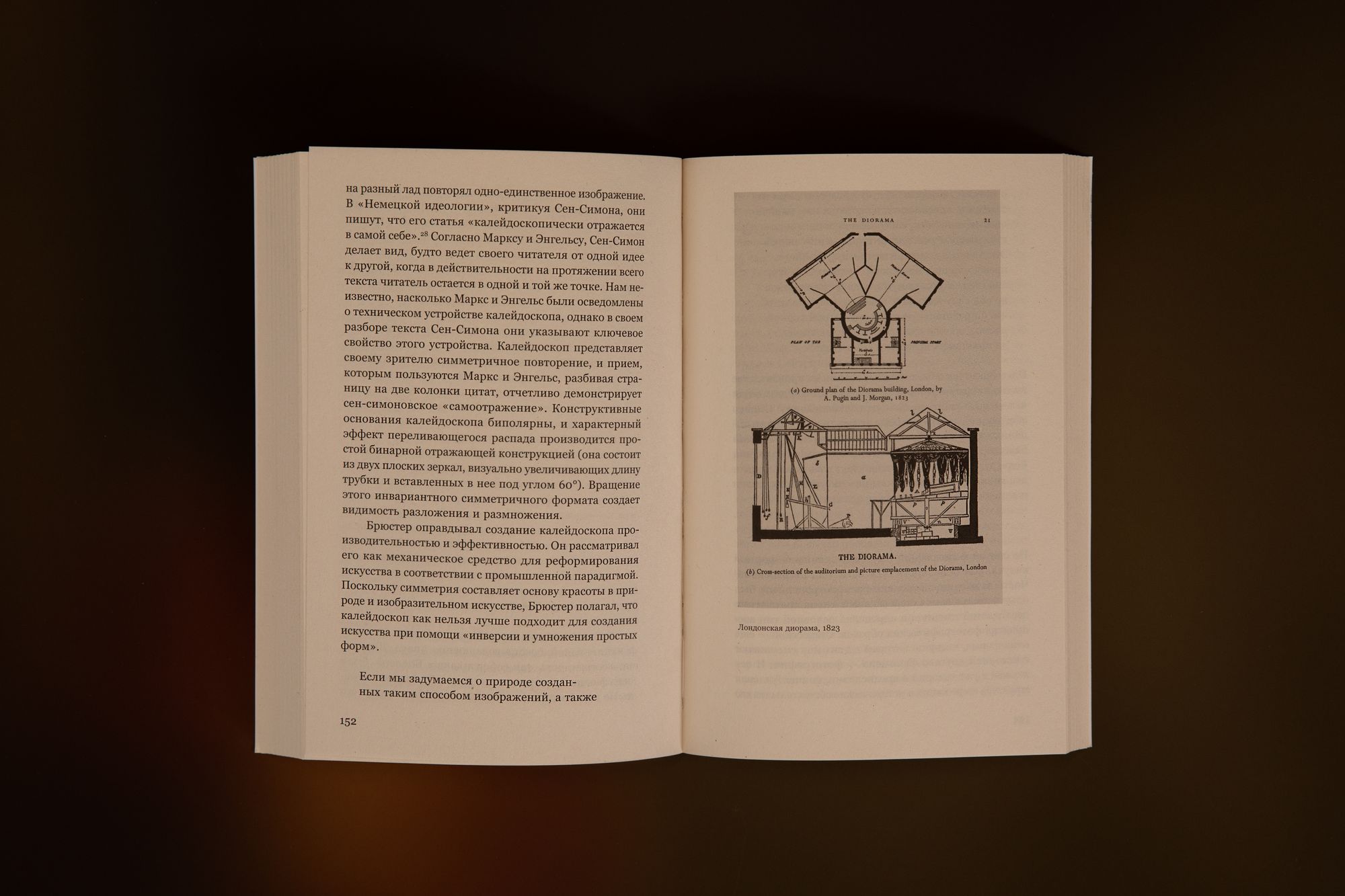
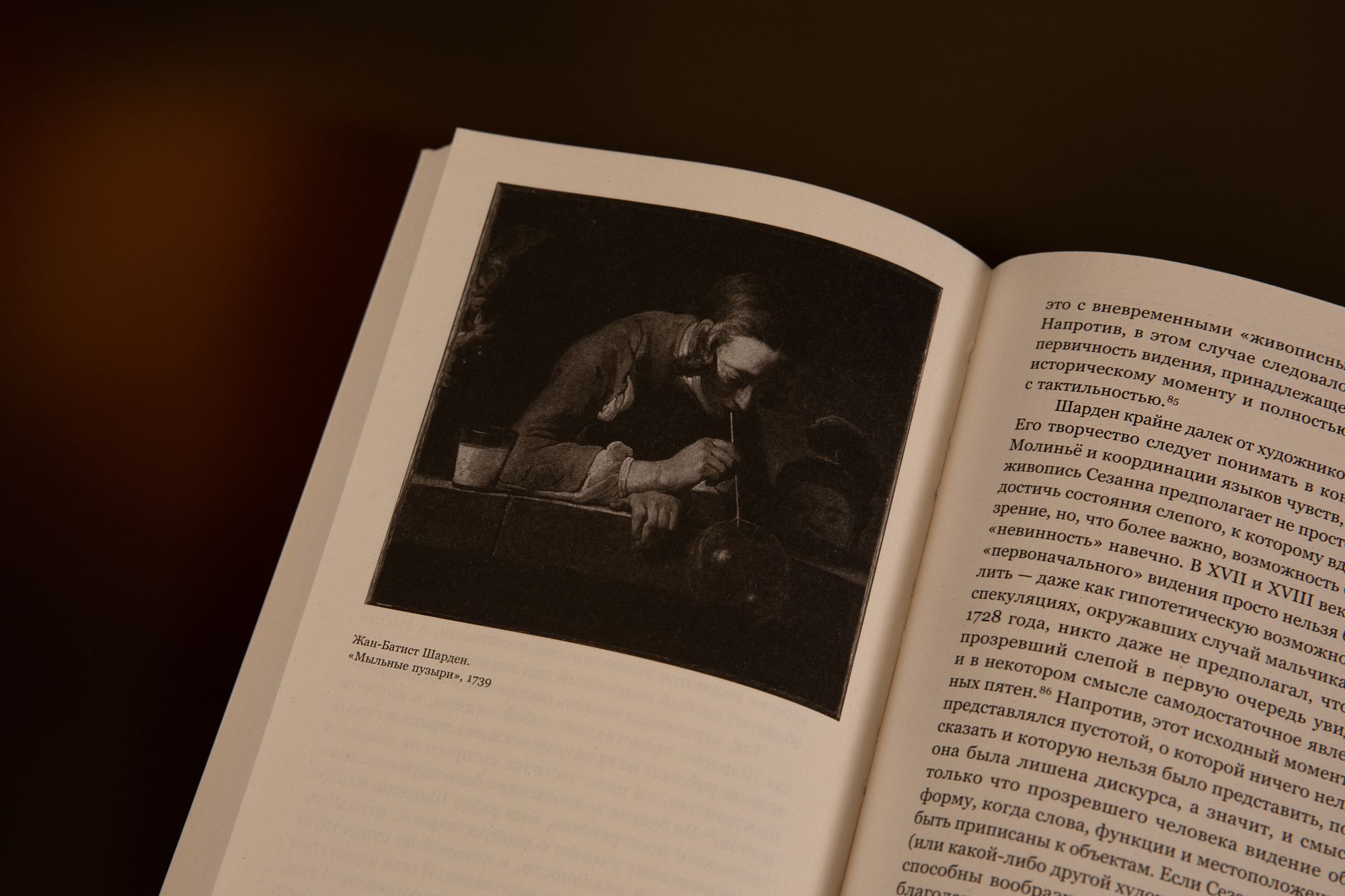

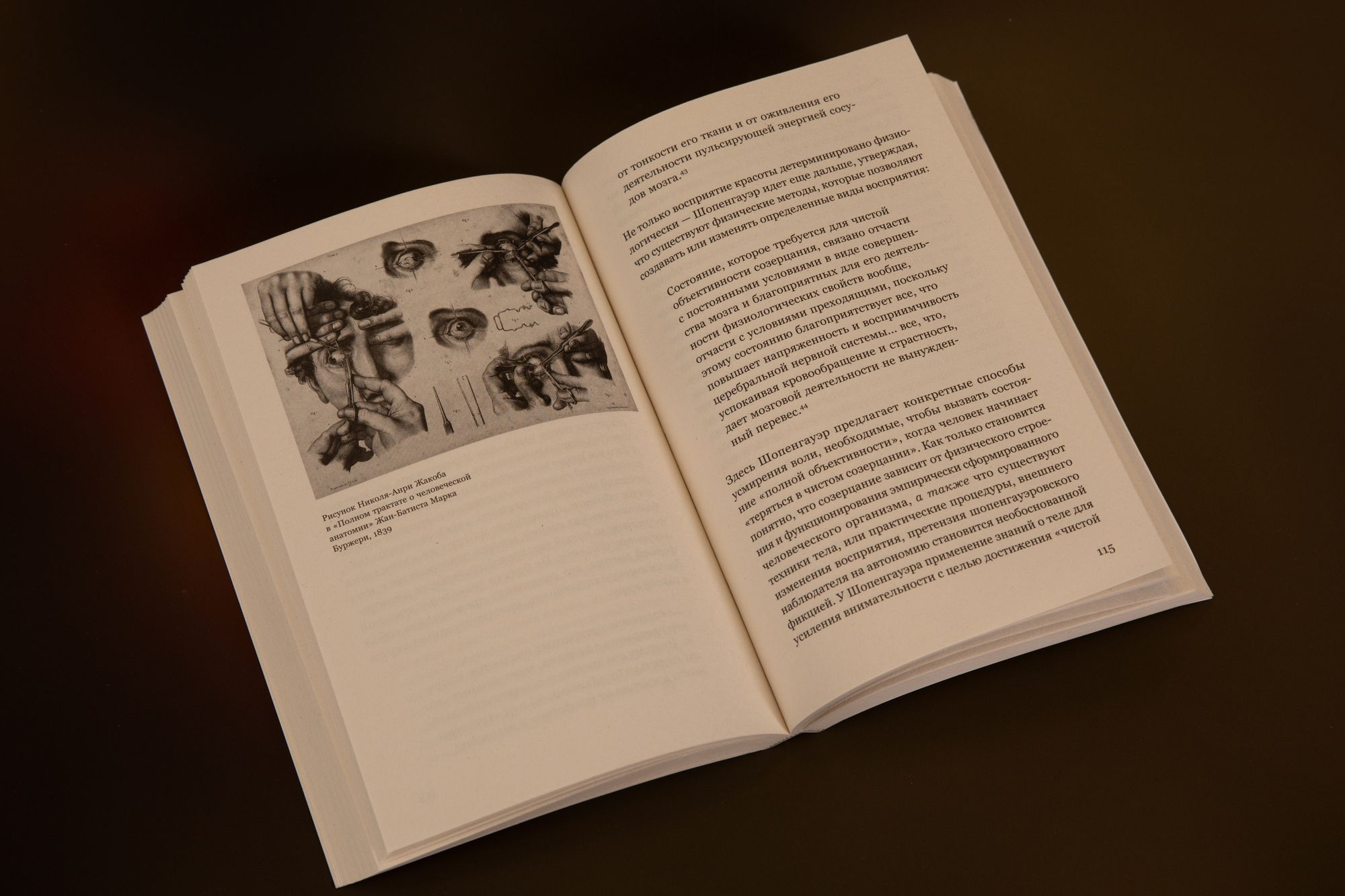

All photos: Ruslan Shavaleev
Jonathan Crary (b. 1951) is an American art critic and Professor of Modern Art and Theory at Columbia University. He is also the co-founder and editor of the independent publishing house Zone Books, which produces works on history, art theory, political science, anthropology, and philosophy.
Rather than stressing the separation between art and science in the nineteenth century, it is important to see how they were both part of a single interlocking field of knowledge and practice. The same knowledge that allowed the increasing rationalization and control of the human subject in terms of new institutional and economic requirements was also a condition for new experiments in visual representation. Thus I want to delineate an observing subject who was both a product of and at the same time constitutive of modernity in the nineteenth century.
In his search for answers to these and other questions, Jonathan Crary turns to history, examining the reorganization of vision in the nineteenth century—a period in which the objective model of perception, epitomized by the camera obscura, gave way to a subjective model rooted in the body of the observer. This era witnessed the emergence of numerous technical innovations—stereoscopes, phenakistoscopes, zoetropes—that challenged and redefined the very foundations of vision and perception. According to Crary, this shift played a pivotal role in the visual revolution that unfolded in the arts with the rise of Impressionism and Post-Impressionism at the turn of the nineteenth and twentieth centuries.
Translator
Dmitry Potemkin
Editors
Evgenia Fomenko
Karen Sarkisov
Design
Roman Gornitsky
Vasily Kondrashov
Layout
Ilyas Lochinov